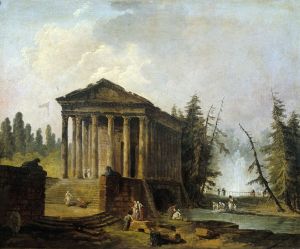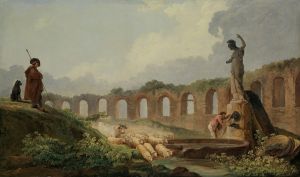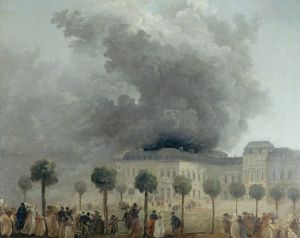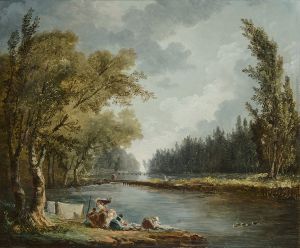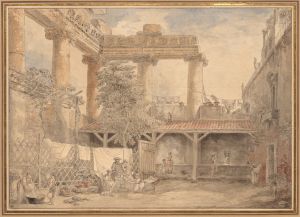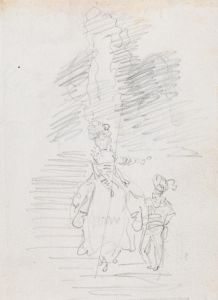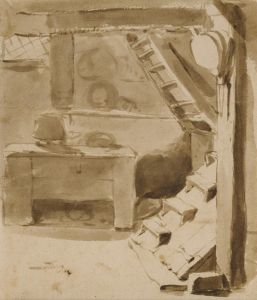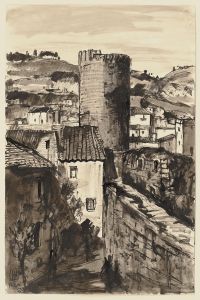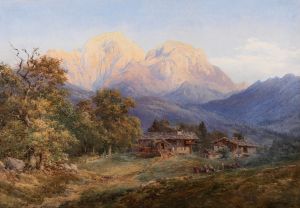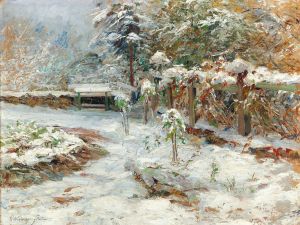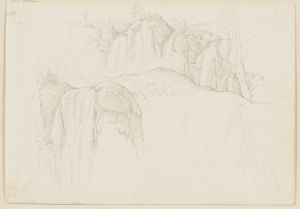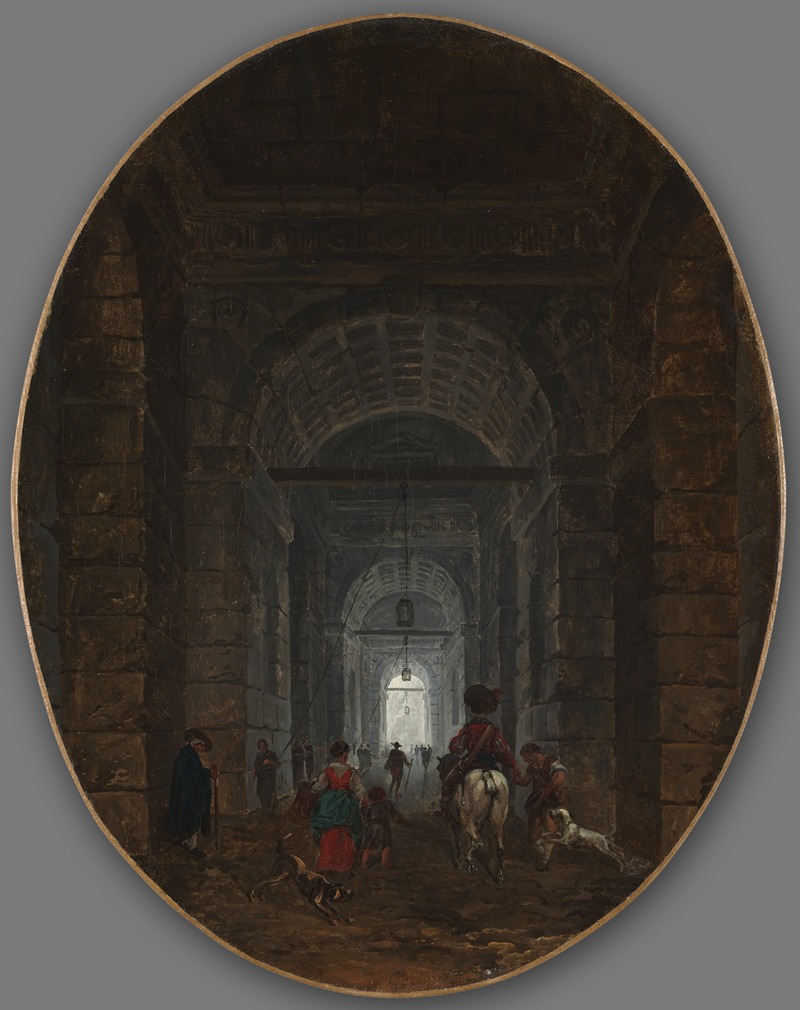
The Grotto of Posillipo
A hand-painted replica of Hubert Robert’s masterpiece The Grotto of Posillipo, meticulously crafted by professional artists to capture the true essence of the original. Each piece is created with museum-quality canvas and rare mineral pigments, carefully painted by experienced artists with delicate brushstrokes and rich, layered colors to perfectly recreate the texture of the original artwork. Unlike machine-printed reproductions, this hand-painted version brings the painting to life, infused with the artist’s emotions and skill in every stroke. Whether for personal collection or home decoration, it instantly elevates the artistic atmosphere of any space.
"The Grotto of Posillipo" is a painting by the renowned French artist Hubert Robert, who was active during the 18th century. Hubert Robert, born in 1733 and passing in 1808, was known for his landscape paintings and capriccios, which often featured romanticized ruins and imaginative architectural compositions. His works are characterized by their dramatic use of light and shadow, as well as their ability to evoke a sense of nostalgia and the sublime.
The painting "The Grotto of Posillipo" depicts the famous Roman tunnel known as the Crypta Neapolitana, located in the Posillipo hill in Naples, Italy. This ancient tunnel, which dates back to the Roman period, was constructed to connect Naples with the Phlegraean Fields and was an important route for travel and trade. The grotto itself is a remarkable feat of engineering, carved through the volcanic rock of the region, and has been a subject of fascination for artists and travelers alike.
In Robert's depiction, the viewer is presented with a scene that captures both the grandeur and mystery of the grotto. The painting showcases the tunnel's impressive scale and the play of light as it filters through the entrance, creating a dramatic contrast with the shadowy interior. This use of chiaroscuro is a hallmark of Robert's style, emphasizing the depth and texture of the scene. The composition often includes figures, possibly travelers or locals, which serve to provide a sense of scale and human presence within the vast architectural space.
Hubert Robert's interest in ruins and historical architecture was influenced by his time in Italy, where he spent several years studying and drawing inspiration from the ancient sites and landscapes. His work often reflects a romanticized view of the past, capturing the beauty and decay of ancient structures. "The Grotto of Posillipo" is no exception, as it embodies the artist's fascination with the interplay between nature and human-made structures, as well as the passage of time.
The painting is part of a larger body of work by Robert that explores similar themes, often blurring the lines between reality and imagination. His ability to evoke emotion and wonder through his landscapes has earned him a lasting place in the history of art. While specific details about the creation and current location of "The Grotto of Posillipo" may not be extensively documented, the painting remains an exemplary piece within Robert's oeuvre, illustrating his mastery of landscape painting and his unique vision of the world.
Overall, "The Grotto of Posillipo" by Hubert Robert is a testament to the artist's skill in capturing the essence of historical and architectural marvels, inviting viewers to reflect on the beauty and transience of human achievements.







